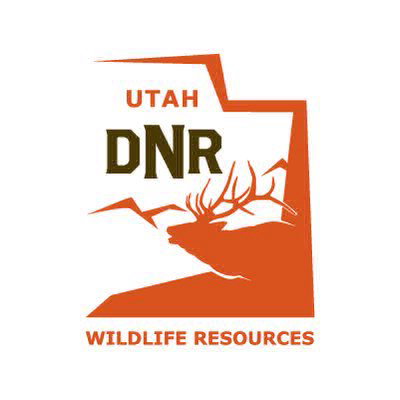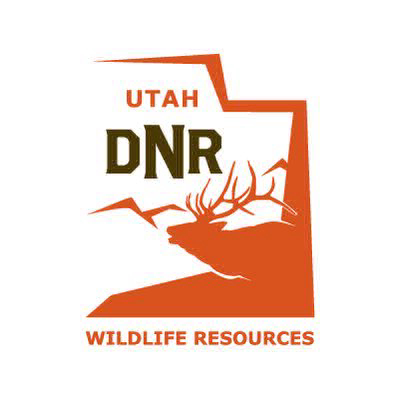Forbes: Dorsey Discusses New IMAX Film & Theater

Utah’s iconic Great Salt Lake is drying up which will have catastrophic consequences if something isn’t done soon, so state officials are taking unprecedented steps to head off what some are calling an environmental disaster on the order of the Dust Bowl of the 1930s.
Since Brigham Young and early Latter-day Saint pioneers first arrived at Great Salt Lake, the natural wonder that once spanned 1,700-square miles has dropped nearly 50 percent. The largest saline lake in the Western Hemisphere is in steady decline and on the brink of disappearing.
The question many are asking is will it share the fate of other of the world’s great saltwater bodies—The Dead Sea of Jordan, the Aral Sea of Kazakhstan, The Salton Sea and Owens Lake of California, Lake Poopo in Bolivia, Lake Urmia in Iran, and others that are all disappearing (or have already disappeared)?
Of nine saline lakes found in the American West, more than half have withered from 50 to 95 percent of their earliest recorded levels. None is more important than Great Salt Lake, and the struggle to save it is emblematic of the growing demand for water across the globe. The world’s human population has nearly doubled since 1980 and with that growth has come exponential demand for water. For Great Salt Lake and all the people and wildlife that benefit from it, the clock is ticking.
To read the rest of this column click here.






